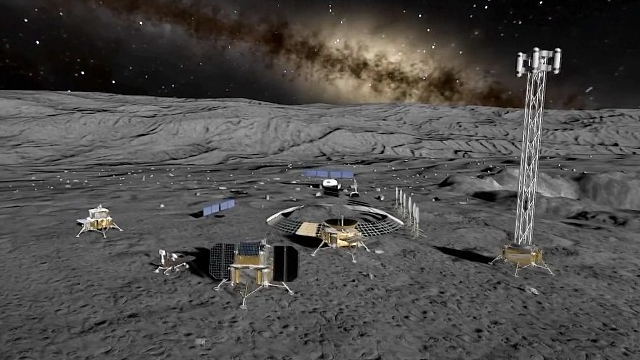The upcoming Chang’e 7 mission, scheduled for 2026, will be the fourth phase of lunar exploration.
The scientific goals of Chang’e 7 include:
- obtaining information on mineral and elemental compositions;
- study of the electric, magnetic and gravitational fields of the Moon;
- study of heat flows;
- an attempt to explain the causes of magnetic anomalies on the surface of the moon.
The main scientific goal will be to directly confirm the presence of icy water on the Moon and map its distribution.
The mission will involve a combination of orbital exploration and work on the lunar surface. As soon as the Chang’e-7 robotic space station reaches lunar orbit, a lander and a mini-probe will be sent to the surface of the satellite. The orbiter will remain above the lunar surface and continue to make remote observations.

China will send a robot to the moon in search of water and ice
At the bottom of some craters near the poles of the Moon, sunlight never hits, these areas remain permanently darkened (Permanently Shadowed Regions, PSR). They can serve as reservoirs of ice and water. A mini airborne probe equipped with a water molecule analyzer will be able to dive into these PSR craters. It will be equipped with a drill, a mechanical arm, and a torch for analyzing lunar water and ice. The main purpose of the mini-probe is to detect water, ammonia and other volatile substances. The craters of the shaded part are considered the most promising for detecting water on the Moon.
Ahead of the Chang’e-7 mission, China is also planning a Chang’e-6 mission in 2024, during which a robot will collect lunar soil samples for delivery to Earth. This mission is being considered by the Chinese Space Agency as a systems check before the launch of Chang’e-7. Both lunar exploration missions anticipate plans to land astronauts.

Our understanding of the presence and distribution of water and ice on the Moon is of strategic importance for the future exploration of the satellite. This will ensure a sustainable human presence on the Moon and reduce the need for supplies from Earth.




